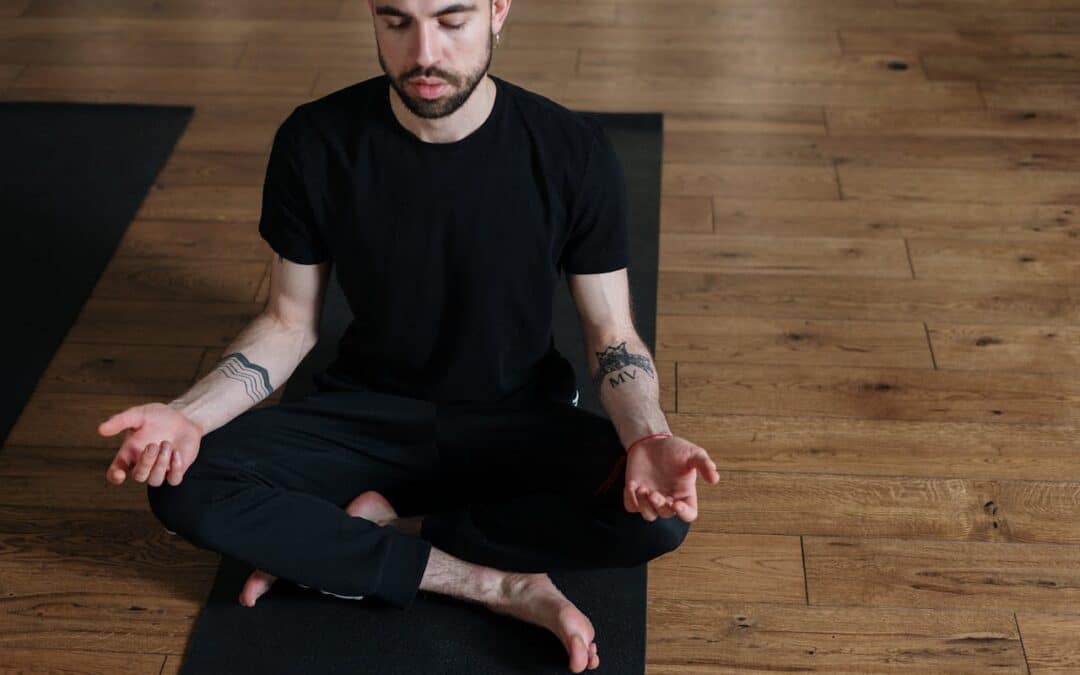Trauma recovery yoga offers a path to healing tailored to the unique experiences of gay men. This practice acknowledges the specific challenges encountered, providing a supportive environment for emotional and physical healing. Many in the LGBTQ community face societal pressures and discrimination, making healing practices that address these traumas crucial.
Whether through the flowing movements of Vinyasa or the disciplined structure of Ashtanga, selecting the right yoga practice can enhance one’s healing experience. By exploring these options and tailoring a personal routine, individuals can empower themselves on their path to recovery, achieving mental clarity and well-being.
The Importance of Trauma Recovery Yoga for Gay Men
Many gay men face unique challenges when it comes to trauma recovery. These challenges often stem from societal pressures, stigmatization, and personal identity struggles. Dealing with such issues can lead to emotional and psychological distress, making effective recovery strategies vital. In this context, trauma recovery yoga offers a path to healing tailored to their specific needs.
Trauma recovery yoga combines physical movement with mindfulness to support healing processes. It focuses on creating a safe and nurturing environment where individuals can explore their emotions and reconnect with their bodies. This practice emphasizes gentle movements, mindful breathing, and awareness, facilitating the release of tension and fostering peace.
Due to its holistic approach, yoga is particularly effective for gay men. It offers a nonjudgmental space that encourages personal growth and self-acceptance. Yoga empowers individuals to confront and process traumatic experiences while enhancing emotional resilience. Its ability to integrate mind, body, and spirit makes it a compelling option for those seeking to heal from trauma. By providing a framework for self-exploration and acceptance, yoga plays a key role in supporting gay men on their recovery journeys.
Techniques and Approaches Used in Trauma Recovery Yoga
Trauma recovery yoga incorporates various techniques to enhance healing, notably EMDR (Eye Movement Desensitization and Reprocessing) and somatic experiencing. EMDR involves guided eye movements combined with focused thinking about trauma, helping to desensitize and reprocess painful memories. Somatic experiencing focuses on the bodily sensations associated with trauma, encouraging individuals to release tension physically and emotionally.
Integrating these approaches into yoga practice is powerful. EMDR can be used in conjunction with meditation and visualizations during yoga sessions to enhance the processing of traumatic experiences. Somatic experiencing complements yoga’s physical postures by focusing on physical awareness and subtle body movements, helping to release stored trauma.
Benefits of combining yoga with these therapeutic methods include the following:
– Enhanced Emotional Resilience: Builds the ability to cope with stress and trauma.
– Improved Mind-Body Connection: Increases awareness of physical sensations and emotions.
– Comprehensive Healing: Addresses emotional, physical, and psychological aspects of trauma.
– Safe and Welcoming Space: Provides a supportive environment for expressing emotions.
Such integrated practices offer a multifaceted approach to healing, enabling gay men to work through trauma compassionately and effectively. This blend of techniques supports deeper self-understanding and encourages the release of trauma, fostering long-term recovery and well-being.
Choosing the Right Yoga Style for Trauma Recovery
Selecting the right yoga style can profoundly impact recovery from trauma. Different styles cater to various needs, making it essential to find one that aligns with your personal healing journey. Tantra yoga, focusing on deep connections and spiritual growth, can help those seeking inner awareness and emotional release. It emphasizes mindful breathing and meditation, which support relaxation and stress reduction.
Ashtanga yoga offers structure and intensity, ideal for those who thrive on discipline and physical challenge. Its set sequence of poses helps build strength and mental focus, aiding in emotional stability. It also encourages perseverance and dedication, qualities beneficial for trauma recovery.
Vinyasa yoga, characterized by fluid movements and synchronized breathing, supports dynamic healing. It offers flexibility in practice, allowing movements to match the ebb and flow of personal energy levels. This adaptability can be empowering, helping individuals connect with their bodies and emotions gently and flowingly. Each style uniquely supports healing, enabling you to select one that suits your individual needs and enhances your wellness journey.
Creating a Personalized Yoga Routine for Recovery
Establishing a home yoga practice for trauma recovery involves several steps. Start by creating a dedicated space that feels safe and calming. Ensure it’s clutter-free and filled with soothing elements like soft lighting and calming scents. Begin with a short, manageable practice. Set aside specific weekly times to maintain consistency and gradually increase your practice as comfort grows.
Setting personal goals provides direction and motivation. Define clear, achievable objectives, such as improving flexibility, reducing stress, or enhancing emotional well-being. Write them down and track your progress. This reflection helps you acknowledge growth and adjust your routine as needed.
Incorporating additional practices, like meditation or microdosing, can enhance yoga’s benefits. Meditation encourages mindfulness and deeper mental clarity, complementing the physical release yoga provides. Microdosing, when done responsibly, may support emotional processing and introspection. Blending these practices creates a holistic recovery plan, promoting overall wellness and resilience.
Conclusion
Trauma recovery yoga offers a versatile and effective way for gay men to heal. Individuals can embark on a transformative journey by choosing the right style and creating a tailored routine. This approach addresses physical and emotional pain and fosters a deeper understanding and connection with oneself.
Danni Pomplun Yoga invites you to explore this transformative path. Discover how yoga can be a powerful ally in your trauma recovery process, helping to unlock potential and bring peace to your life. Join us in crafting a unique routine that empowers recovery and personal growth with our guidance and expertise.

